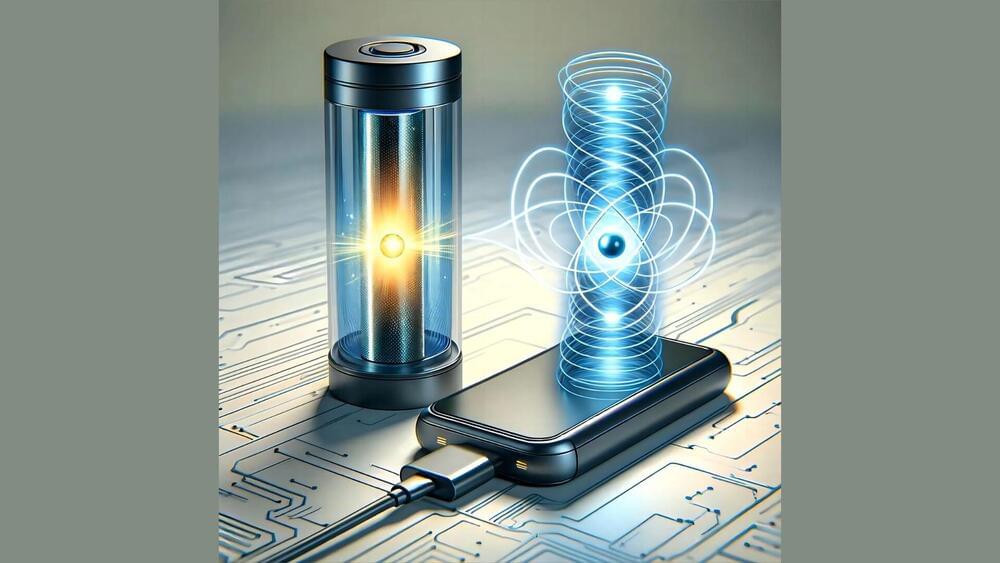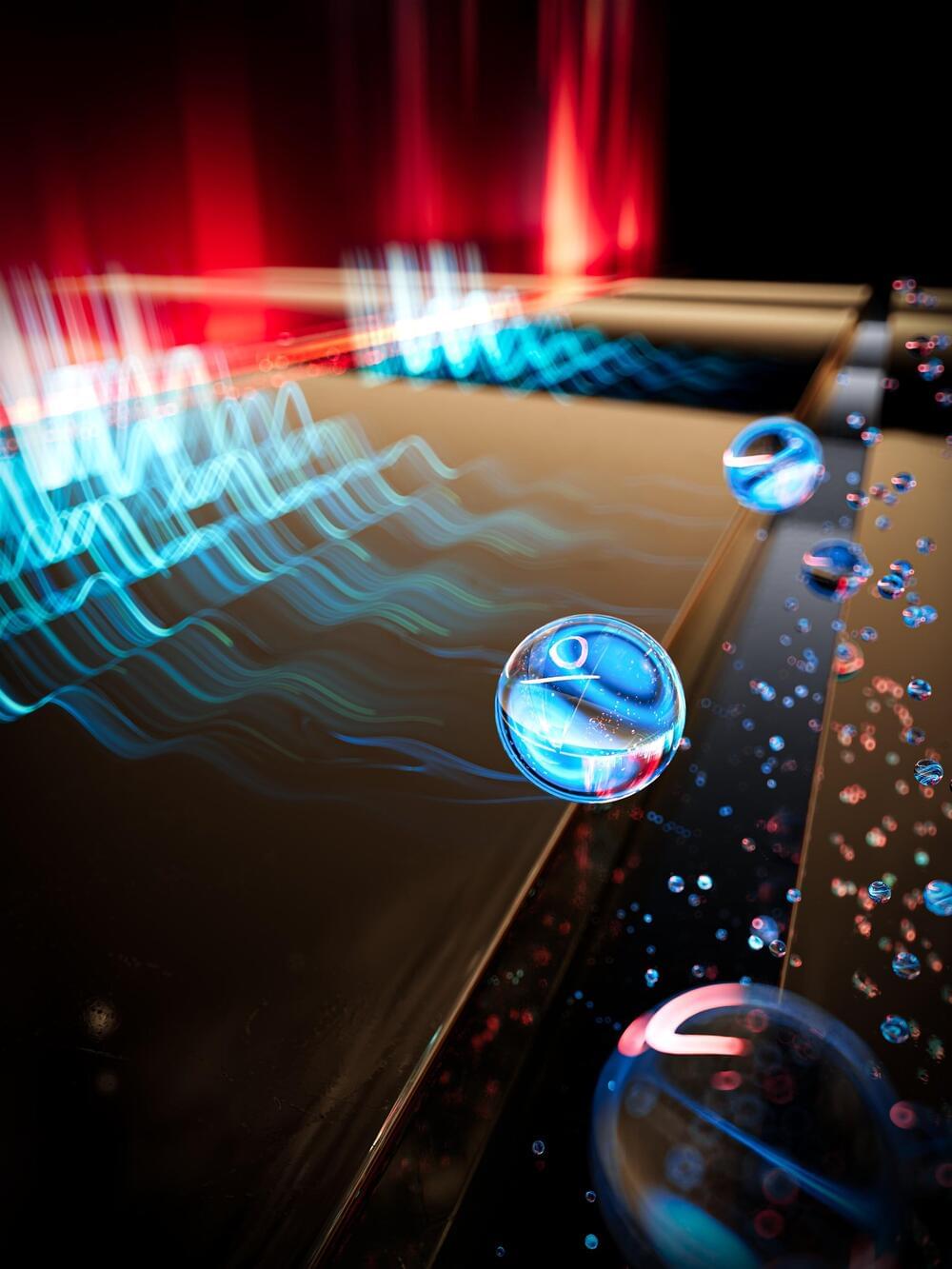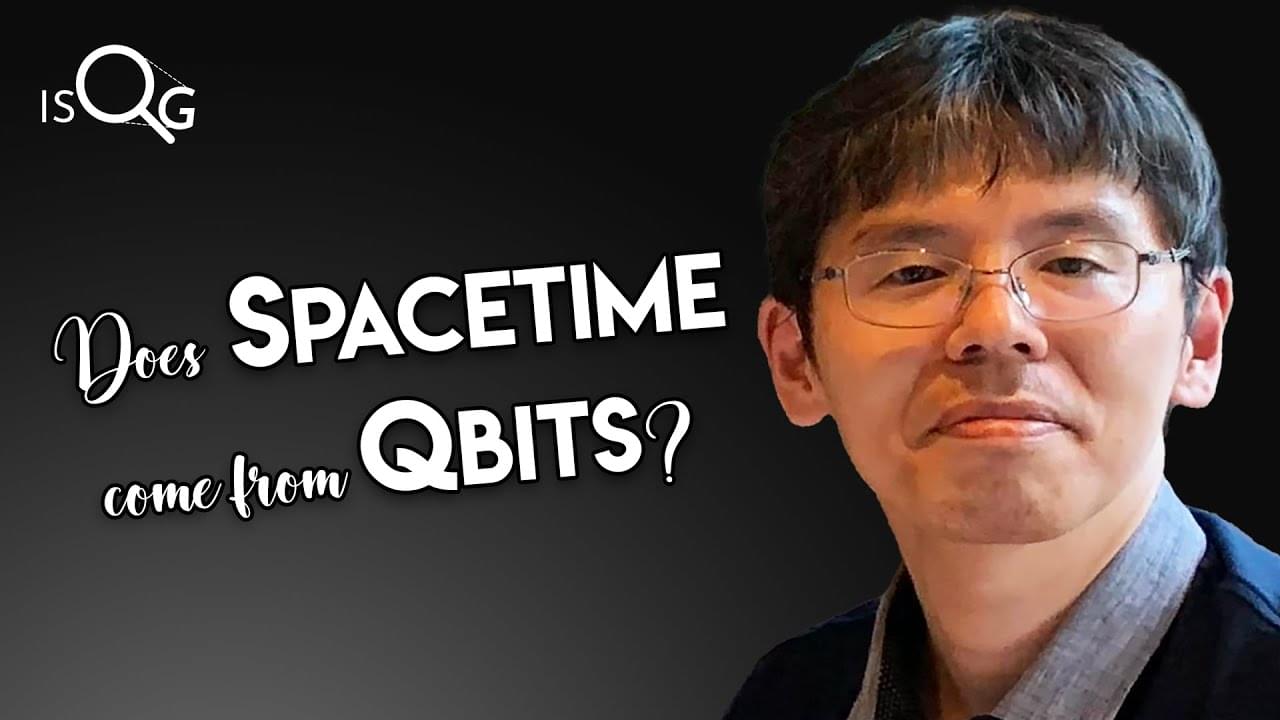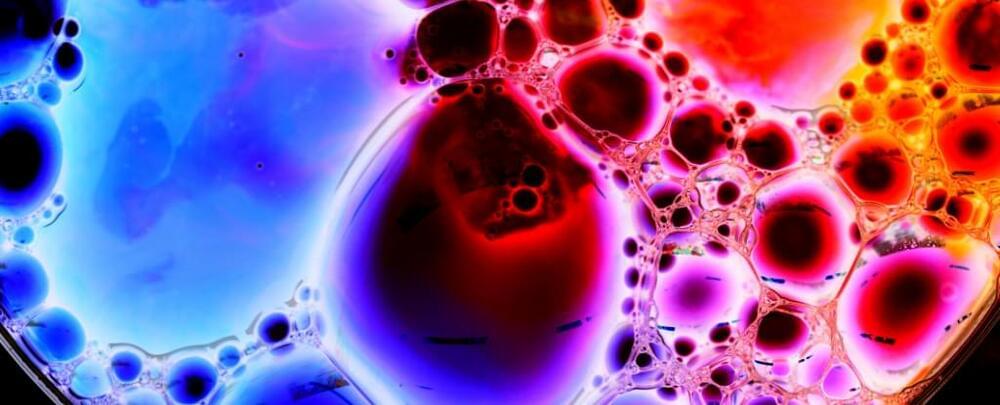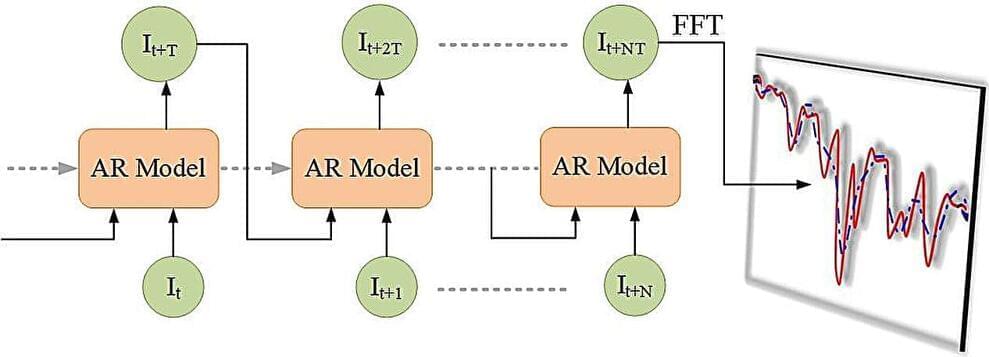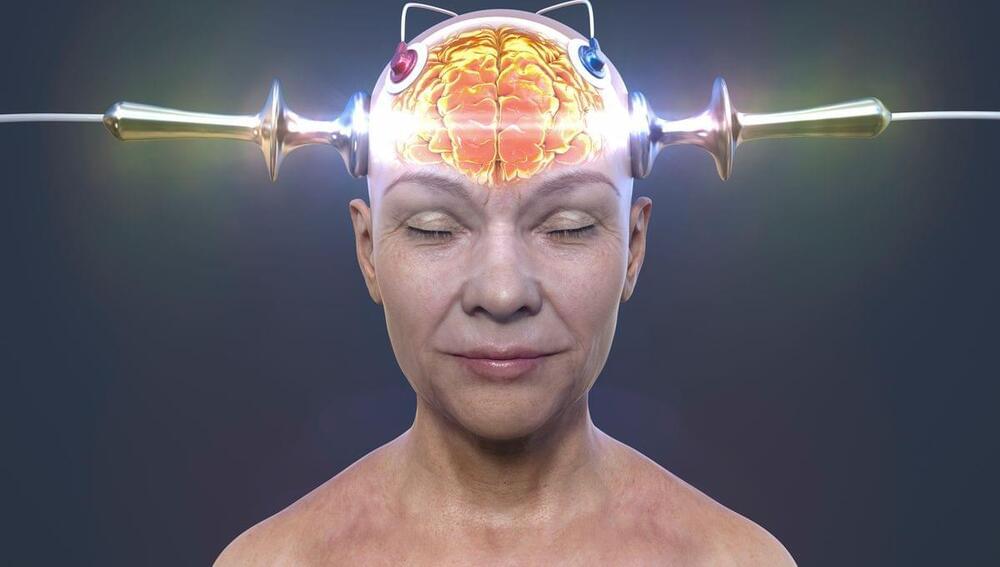Mar 9, 2024
Quantum Gravity Unveiled — Scientists Crack the Cosmic Code That Baffled Einstein
Posted by Saúl Morales Rodriguéz in categories: particle physics, quantum physics
Physicists successfully measure gravity in the quantum world, detecting weak gravitational pull on a tiny particle with a new technique that uses levitating magnets, putting scientists closer to solving mysteries of the universe.
Scientists are a step closer to unraveling the mysterious forces of the universe after working out how to measure gravity on a microscopic level.
Experts have never fully understood how the force discovered by Isaac Newton works in the tiny quantum world.


